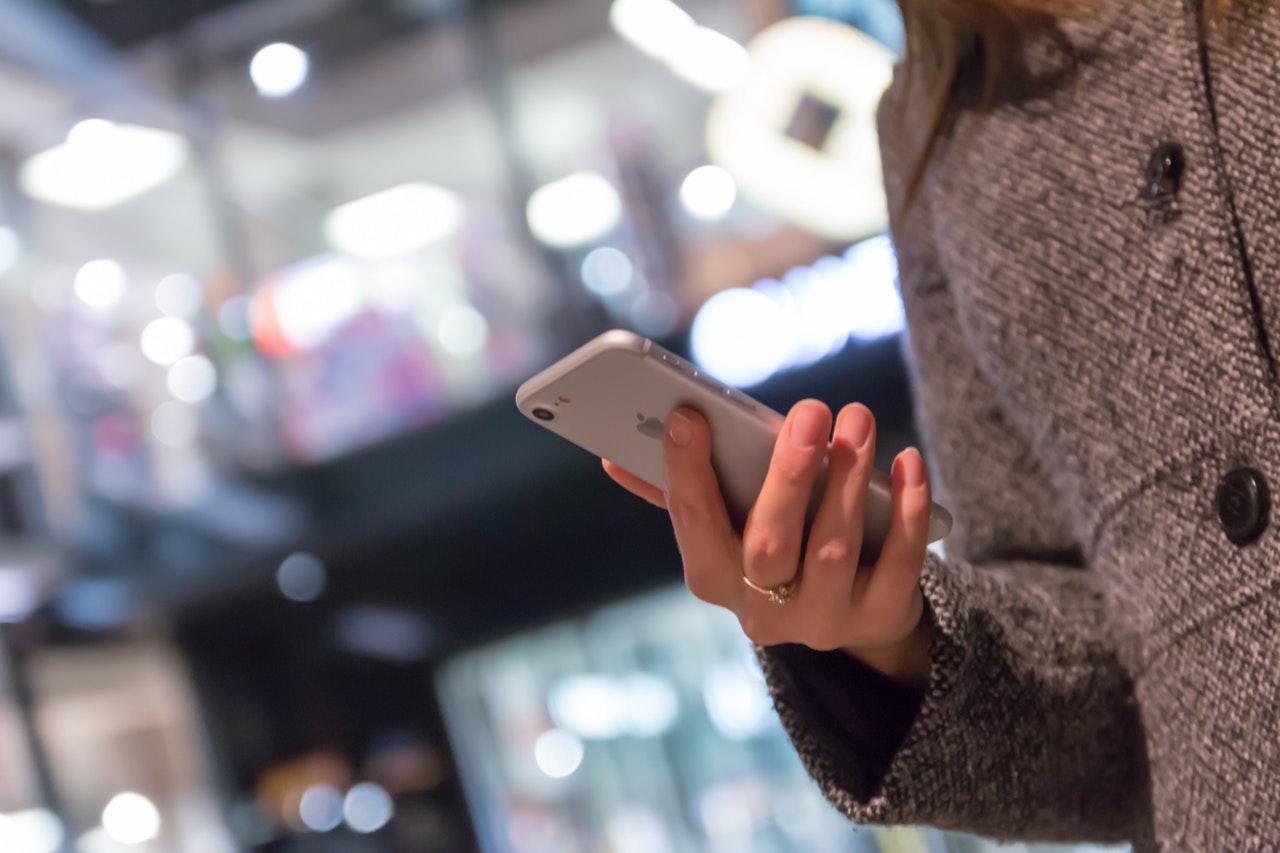Before unbreakable glass and coating technology became the norm, consumers had to pair up their newest devices with a corresponding screen protector. Today, most smartphones will have Corning Gorilla Glass, which is as tough as it sounds. Using your phone naked is now more viable than ever- brave souls can even mix it in along with their keys or coins and be confident enough that the display will remain unscathed.
Does this mean that the humble screen protector is now made redundant? Far from it. Smartphones are becoming more and more expensive due to more powerful processors, more RAM and higher-resolution screens. A single, immutable scratch can ruin the entire experience.
Moreover, screen protectors offer maximum protection for just a few dollars. Quality glass or screen protectors are available on Amazon for just about 5 to 6 dollars. It’s certainly easier (and more economical) to replace the screen protector than to replace the phone’s screen.
Common sense dictates that coins, keys and other hard objects should be placed on another pocket, well away from your mobile phone. In times when you forget, the screen protector can literally save your phone’s life and hopefully, it won’t happen again.
A few discerning consumers state that using a screen protector can change the touch screen experience, either by making the display grippy or softer. Advancements in the screen protector industry gives rise to the glass versions, which exhibit better quality than their predecessors such as the tempered glass iPhone and iPhone X /XS screen protector you can see here.
Good screen protectors mimic the original phone’s touch experience while providing top-notch protection. It’s like an invisible shield that guarantees utmost safety for your latest electronic investment.
Tempered versions are even tougher than their glass counterparts. It can protect your phone from the occasional drops and bumps on hard surface. Rather than having the screen crack, the protector saves the day and leaves your phone in good shape.














